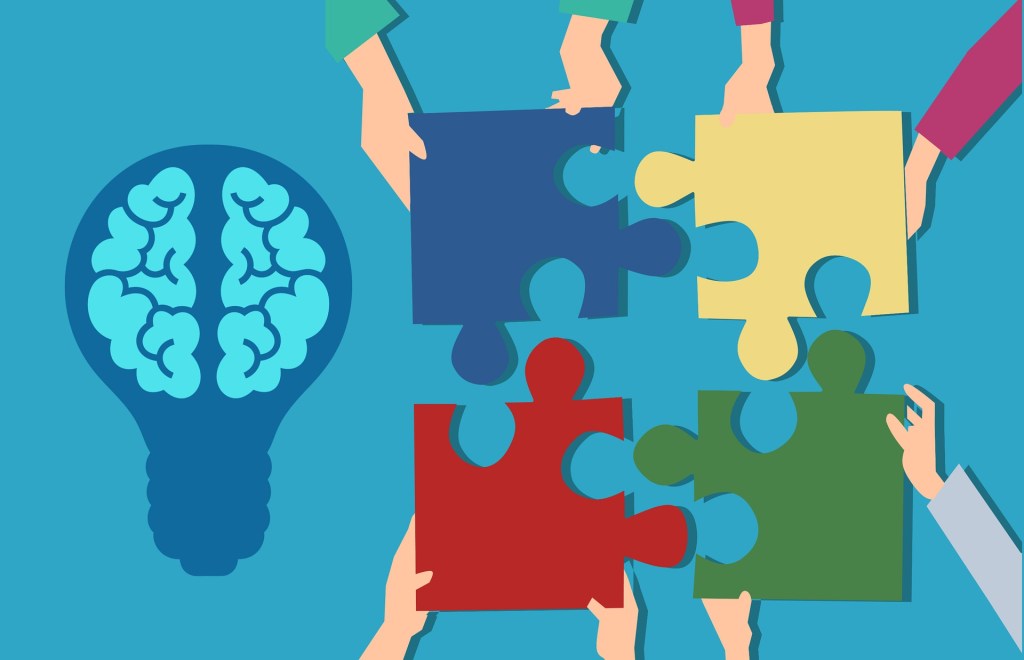In my last post, I explained that looking back on my undergraduate psychology and sociology degree program. I recognized that I connected most with those courses that involved me in the learning process and required my reflection and personal interpretation/experience with the materials. I feel like my own learning preference is for one of authentic ownership, as we experience in the ADL Program
Reflecting on my beliefs about my role in the learning of others makes me wonder which learning theory aligns with my professional beliefs as an advisor. Examining my years as an advisor, I can honestly say that I only know what I have been exposed to through my experience and professional organizations.
My professional experience
When I was hired into higher education, I worked at a centralized first two-year advising center that believed in intrusive advising. Our role was to identify those most at risk and provide support and guidance as they transitioned into college students. I jumped into this role by organizing tours for advisors to visit support services offered across campus. I wanted to know the individuals I could contact when a student needed support. I wanted a first-person understanding of the facility, delivery, and offerings to describe them to my students in ways that would alleviate any trepidation about being labeled, being afraid, and preventing them from being comfortable trying something new or uncomfortable. There were occasions when I would walk with my students to these service locations for a personalized handoff. We had frequent communication with our assigned advisees and much smaller cohort sizes. I frequently participated with the college department I represented at the advising center again to keep my students informed about student organizations and other opportunities to bond with their community of interest.
Despite this genuine passion for student success, I have never been able to connect with advising theories about student development. I participate in my professional organization by attending conferences, sessions, and webinars about topics that interest me or seem suitable to my situation or students. The theories and resources always appeared to me as if they were written for faculty advisors and people who have long depth conversations and relationships with students and their curriculum. I typically interact with a student three times a year, around registration time, if they don’t have questions, need support, or show signs of being at risk academically. My literature review caused a crisis of self. As I read research about advising, I could not help but wonder if I have been a good advisor without employing any formal theory over the years.
Through the active learning process that is the ADL, we are presented with resources, information, references, and perspectives. Still, we are left to seek and search for many more. Thus far, my three program instructors have all identified as constructivist. I can’t honestly say I had ever learned of these theories. I silently panicked that this is something taught in Pedagogy since many in my program cohort are teachers at various levels and institutions.
This is a challenging experience for many, including myself. We are left thinking, “Wait, aren’t you going to teach me?” (Lecture) and “How am I supposed to create that?” (Checklist). Nonetheless, I attempted to embrace the challenge of learning by doing within an unlimited boundary of an assignment or course.
We are encouraged to create our own learning communities, and now I better recognize them as collectives. This constructivist approach of making an environment where learners can learn leaves many still trying to fit into the regurgitation education model. How many discussion comments? How many blog posts? Do we have to prove that we held learning community meetings? As learners, we have been duped into believing that learning is about the assessment of the professor or the program. I get it. It is in the sense that we are all here with hopes of degree attainment, but, in the process, we miss out on the genuinely hands-on, authentic, make it yours experience we have here.
I recently searched for Simon Sinek and found he offers a 4 session course on finding your why. I thought, “hot diggity, I can get ahead of the curve!” by preparing for the class that utilizes his book Start with Why. Our experience here, in just that single component/regard, is valued at $4,900ish for four sessions. We get around eight sessions in our eight-week coursework. I want to absorb every morsel of knowledge, experience, and content our instructors want to throw at us. I want to learn about their learning experience, success tips, and tricks. I want to grow, learn, and experience what this program is presenting. Knowing and embracing that I can really make a difference. That is what this whole advising thing has always been about for me. That is what makes me a good advisor. I care, I want to make a difference, and if I don’t know the answer, I will do my best to find it or connect you with someone who can.
Don’t get me wrong, I have no life outside of work and school, but the journey is what you make it, right? I’m in. I am all in. I want to change the world, one learner at a time. I want to use my current position, the challenges, and the opportunities it holds and make it better for my students and my colleagues. I want to be a catalyst for change.
So which theory is going to help me accomplish that?




